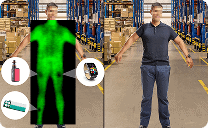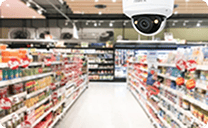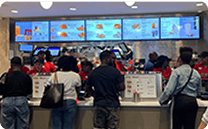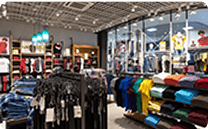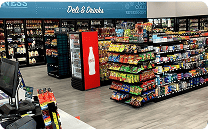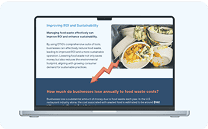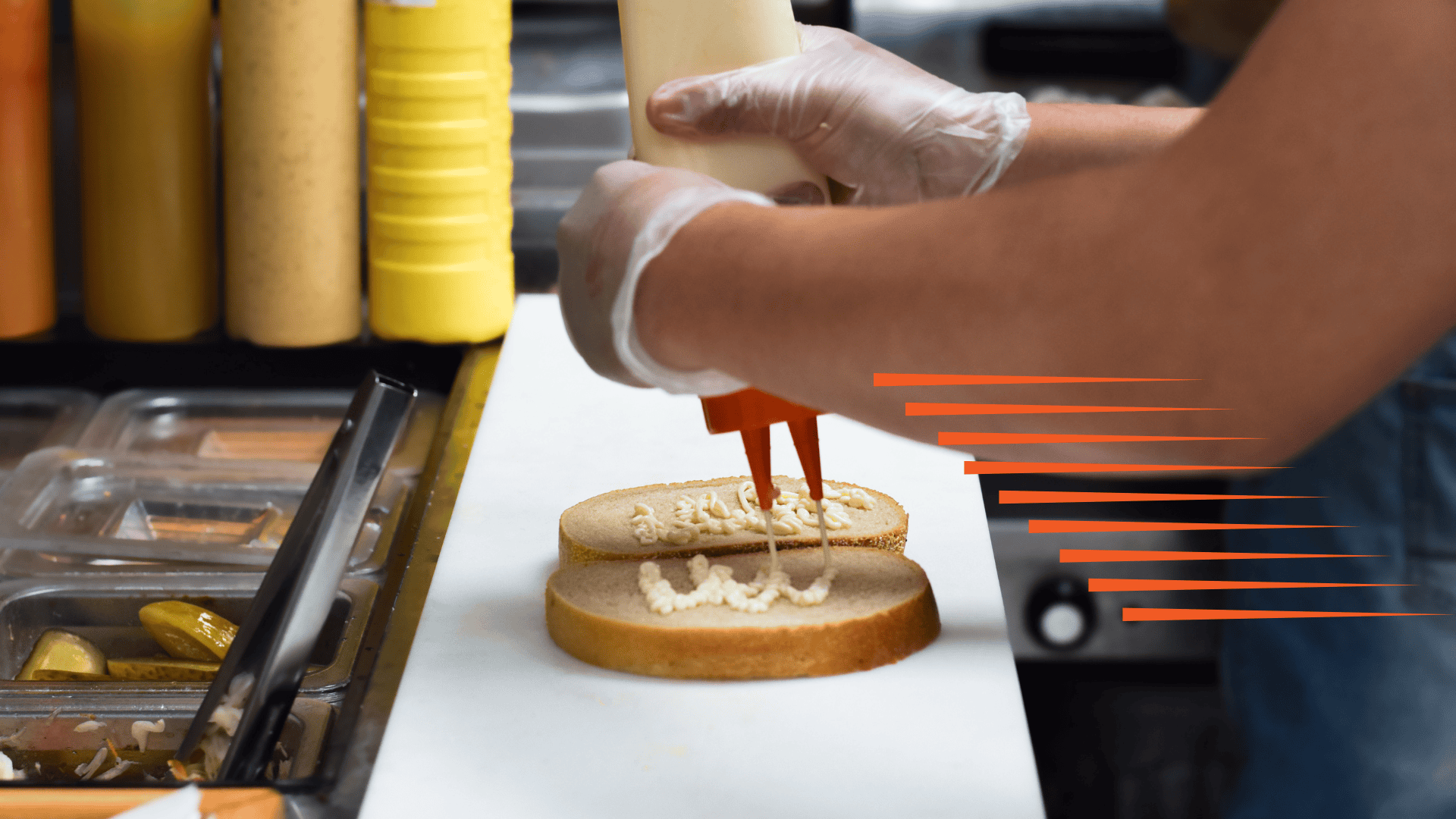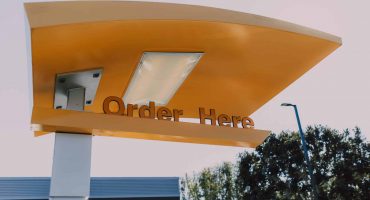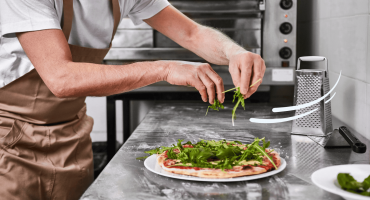In This article
Why Speed of Service Matters in the QSR Industry
As a quick-service restaurant (QSR) operator, you know QSR speed of service isn’t just a performance metric—it’s a critical competitive differentiator. Your customers choose fast food for affordability, taste, convenience, and rapid delivery. In a market where seconds can define success or failure, reducing delays, optimizing workflows, and delivering consistent speed and quality are keys to gaining customer loyalty and maximizing profit margins.
According to a 2023 report from enterprise software provider NetSuite, even a 30-second reduction in wait time can significantly improve customer satisfaction scores and drive repeat visits. Conversely, delays—whether due to disorganization, technology outages, or untrained staff—can result in tangible revenue losses and long-term damage to your brand.
That’s why you must integrate loss prevention strategies directly into your service speed optimization efforts. This article explores practical, technology-driven solutions and operational best practices to improve service times while safeguarding operational efficiency.
Loss Prevention Strategies to Enhance Service Speed
1. Technology Investments: Leveraging Technology in Fast Food Operations
One of the most effective ways to improve QSR speed of service and prevent loss is by adopting modern technology in fast food environments. Leading QSR brands are increasingly turning to integrated solutions such as:
- Kitchen Display Systems (KDSs): These digital displays replace printed tickets, reduce human error, and ensure better coordination between front and back of house.
- Mobile Point-of-Sale (mPOS): Tablets or handheld devices allow staff to take orders more quickly, reducing queue lengths and processing time.
- Cloud-based POS Systems: Centralized systems improve inventory tracking, reporting, and communication across multiple locations.
- AI-Powered Forecasting Tools: Tools like those offered by PreciTaste or Square help restaurants predict busy periods and prepare accordingly, minimizing customer wait time and reducing labor misassignments.
Technologies such as these don’t just speed up transactions. They also reduce theft, pricing errors, and manual mistakes, directly contributing to loss prevention. For example, Chick-fil-A uses tablet-based ordering outside drive-thru lanes during peak hours to pre-enter orders. This significantly boosts throughput while maintaining accuracy and reduces potential sales loss from customers leaving due to long lines.
2. Training and Staff Management: The Human Side of Efficiency
The business value of your technology investments is multiplied when they empower and support well-trained, engaged, motivated people. Well-designed, well-executed training programs can help you reduce or eliminate losses from inefficient or misassigned labor, errors in order fulfillment, and poor customer service.
According to Convenience Store News, QSRs that invest in structured, speed-of-service training report up to 20% improvement in throughput without sacrificing accuracy or customer satisfaction. Best practices include the following.
- Speed-focused Onboarding: New hire training should focus on time management, order accuracy, and handling peak-time stress.
- Cross-training Employees: Employees who can handle multiple roles can reduce bottlenecks by supporting peaks in demand for tasks such as prep, cashiering, or running.
- Gamification, Performance Incentives, and Recognition: Encouraging staff to beat service-time benchmarks with rewards fosters engagement and a shared, speed-centric culture.
- Real-Time Feedback Tools: Platforms like 7shifts and Deputy help managers monitor staff productivity and adjust on the fly.
3. Data-Driven Decision Making: Using Analytics to Prevent Operational Loss
Modern analytics tools can give you unprecedented visibility into where time and money are lost and where speed of service can be improved. Integrating real-time dashboards with historical reporting can provide multiple valuable insights into QSR speed of service. QSR customer experience leaders use this data to allocate resources more effectively, reducing overstaffing costs while minimizing losses from long customer wait times and abandoned orders.
Leading platforms such as Zenput, NCR, and NetSuite provide customizable dashboards to help you gain the insights you want and need. Here are some examples.
- Identify service bottlenecks during specific times of day or days of the week.
- Track labor efficiency and compare against benchmarks.
- Monitor order accuracy rates and correlate them with ticket times.
- Forecast high-traffic periods and adjust staffing dynamically and proactively.
4. Self-Service Options: Kiosks and Checkout Systems
Self-service technologies are reshaping how customers interact with QSRs. McDonald’s has rolled out kiosks globally and is one of the most well-known adopters. This has enhanced the QSR customer experience and protected revenue by reducing order abandonment due to long wait times.
Self-service options can increase speed and convenience, reduce labor costs, and prevent human error. Popular solutions include the following.
- Digital ordering kiosks enable customers to browse menus and customize their orders at their own pace, increasing order accuracy and average ticket size.
- Mobile ordering apps allow customers to place orders before arriving at your store, decreasing in-store congestion and shortening perceived wait times.
- Self-checkout stations streamline the payment process and reduce shrinkage, especially in hybrid convenience/QSR formats.
Operational Best Practices for Enhancing QSR Speed of Service
1. Optimizing Drive-Thru Operations
According to QSR Magazine, more than 70% of QSR revenue comes from drive-thru customers. No wonder Taco Bell’s Defy drive-thru prototype, which features four lanes and vertical kitchen lifts, is garnering positive industry attention and setting new standards for throughput and innovation.
You must optimize this business-critical channel. Here are some recommended techniques.
- Dual-lane drive-thrus reduce congestion and increase throughput.
- Order-ahead lanes reserved for mobile pre-orders minimize in-lane delays and “reward” mobile app and online orders.
- Pre-sale menu boards help customers decide faster before reaching the order point.
- Camera and audio enhancements improve communication and order accuracy.
2. Reducing Customer Wait Time: Actionable Insights
Your customers expect rapid service, often under four minutes per order. A 2023 LinkedIn article on QSR trends reports that “time spent waiting” is the #1 complaint among mobile app users, despite their efforts to speed the ordering process. Here are three specific ideas to help you smooth and improve customer ordering.
- Queue management software. Tools like Qminder or Waitwhile optimize the flow and communication around queues.
- “Pre-Prepared” menu items. Pre-cooking high-demand items like fries or burger patties can save valuable seconds during peak periods.
- Prep line redesign. Reducing steps and handoffs in food preparation can help minimize the time between order and delivery.
3. Performance Metrics: What to Track and Why
To improve QSR speed of service, it’s essential to track meaningful key performance indicators (KPIs). These metrics should be monitored in real time and historically to identify patterns and guide strategy adjustments. Examples include the following.
- Order Cycle Time: from order placement to delivery.
- Drive-Thru Time: average service time per car.
- Ticket Accuracy Rate: the percentage of orders filled correctly.
- Labor Cost Per Transaction: measures the efficiency of your labor spending.
- Customer Satisfaction (CSAT) Surveys/Net Promoter Scores (NPS): results tied directly to wait times.
Customer Experience and Expectations
Your customers expect speed without sacrificing personalization or quality. A seamless experience from app to drive-thru window is now “table stakes”–the bare minimum you need to succeed.
As customer expectations rise, so must QSR responsiveness. Brands like Domino’s and Starbucks have mastered this through combinations of smart technology deployments and well-crafted customer communication. Important elements of the QSR customer experience you must address include the following.
- Speed consistency. Customers expect the same efficiency during peak and off-peak hours.
- Order accuracy. Fast service means little if the order is wrong.
- Personalized service. Mobile apps, easy-to-navigate websites, and attractive loyalty programs can offer personalized upsells or rewards, increasing satisfaction and engagement.
- Transparency. Real-time updates (“your order is being prepared,” for example) via digital screens or apps reduce anxiety and perceived wait time.
Conclusion
To your customers, the integrity of your QSR business and the trustworthiness of your brand are directly linked to the speed of service. Delays, miscommunication, and inefficiencies not only frustrate customers but also lead directly to preventable revenue loss.
By adopting a strategic blend of technology in fast food, data-driven management, staff training, and self-service innovation, your QSR can significantly reduce loss and elevate performance. Smart investments in efficiency and customer satisfaction can increase your throughput, customer satisfaction, loyalty, long-term profitability, and resilience for your business. Visit our website to learn more about DTiQ’s QSR solutions.
Frequently Asked Questions: Enhancing QSR Speed of Service
Q: What is QSR speed of service, and why is it important?
A: QSR speed of service refers to how quickly a customer is served from the time of order to delivery. It’s a key element of customer satisfaction and profitability in the fast-food industry.
Q: What technologies help improve the speed of service in QSRs?
A: Tools such as mobile POS systems, self-order kiosks, kitchen display systems, and AI-driven forecasting platforms help streamline operations and reduce service time.
Q: How can self-service kiosks reduce loss in QSRs?
A: Kiosks improve order accuracy, increase order volume, and reduce dependency on front-line staff, minimizing labor-related losses and errors.
Q: What role does staff training play in speeding up service?
A: Well-trained staff can fulfill orders faster, reduce mistakes, and enhance the customer experience, all of which contribute to greater speed and efficiency.
Q: How does customer experience relate to the speed of service?
A: Fast, accurate service improves customer satisfaction, encourages repeat visits, and strengthens brand loyalty, making it a vital part of the overall QSR customer experience.
